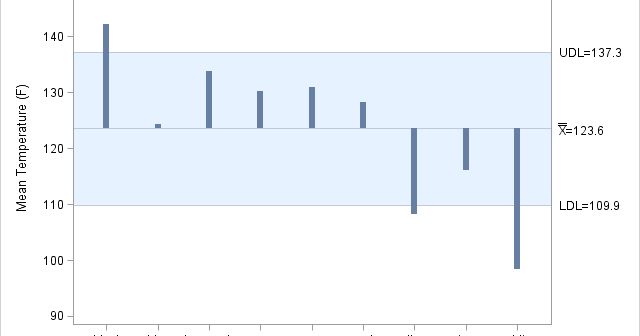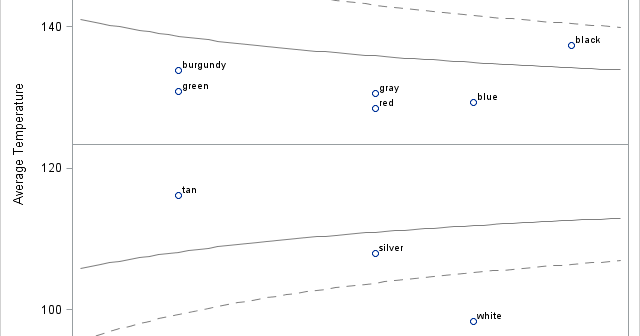
Many people know that the SGPLOT procedure in SAS 9.2 can create a large number of interesting graphs. Some people also know how to create a panel of graphs (all of the same type) by using the SGPANEL procedure. But did you know that you can also create a panel









